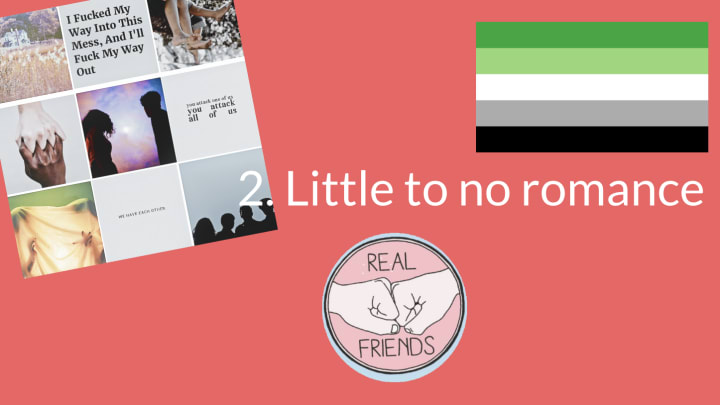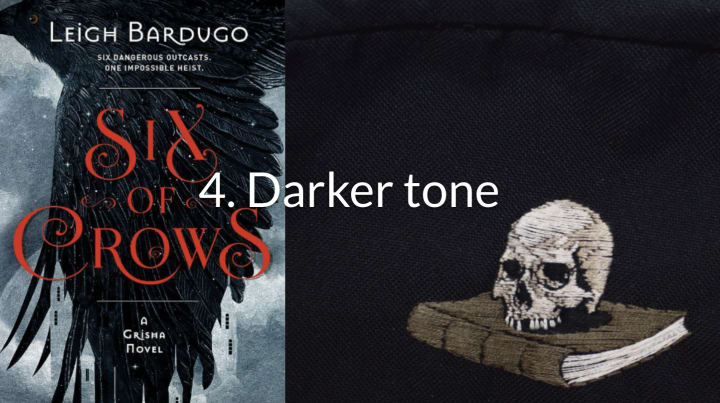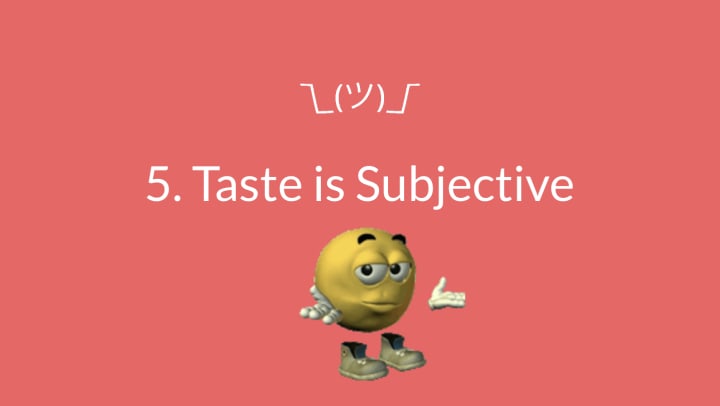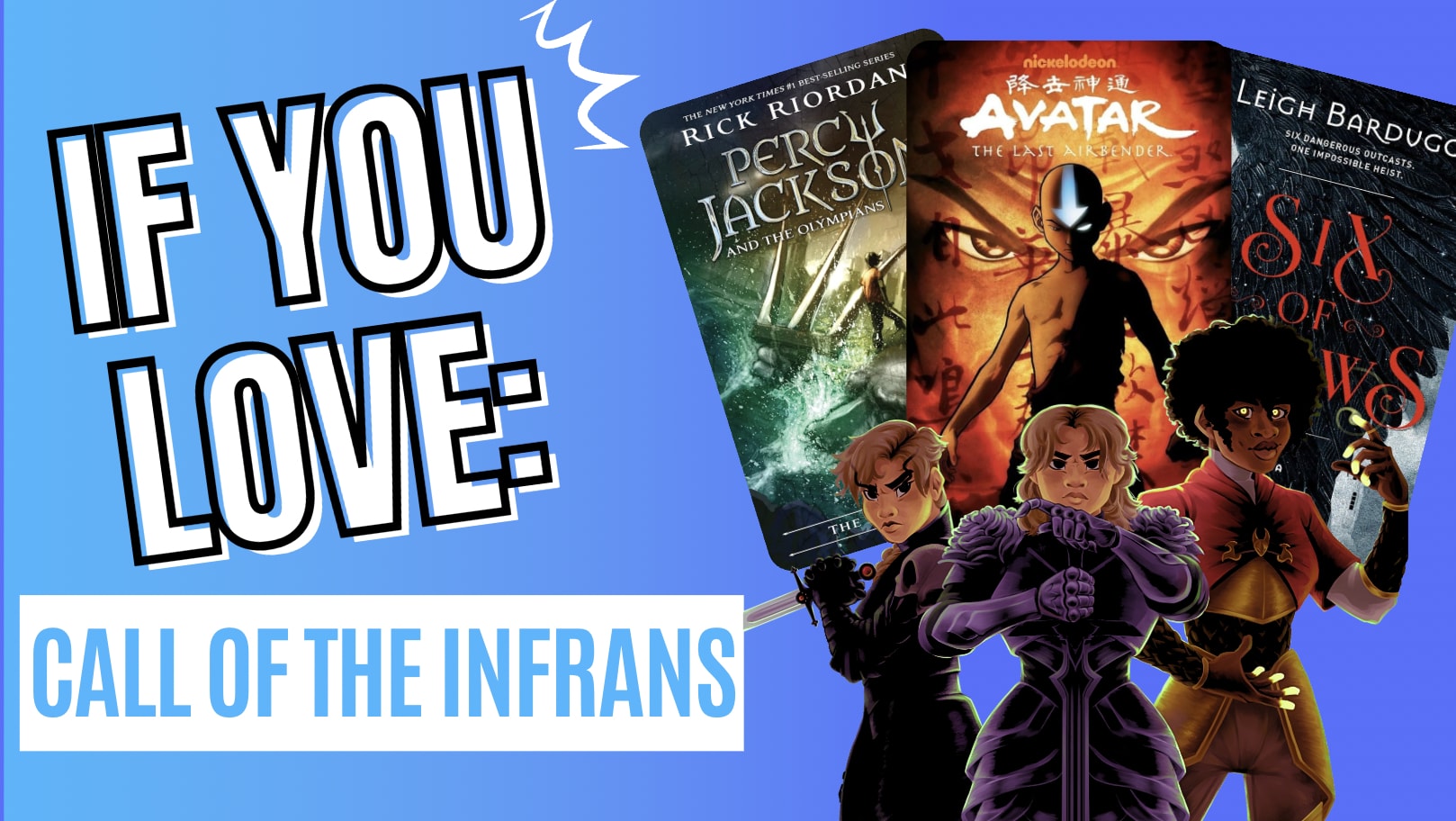In author spaces, there’s a lot of focus on shilling for your book, understandably so. Wanting people to read our stories is a usual requisite for all the painstaking time we spend writing them down, and for many of us, readers and sales folds into being big parts of our livelihoods. My YA SFF debut, Alvoskia: Call of the Infrans, is out March 2026, pitched as queer gothic Avatar: The Last Airbender meets Six of Crows and Percy Jackson, is very much something I want people to read. Evident by my synopsis, it’s a story I’ve poured my heart and soul into:
Ally Hatten is tired of waiting to be believed in.
As the Infran of Life, she’s supposed to be one of Alvoskia’s eight admired reincarnated protectors—if she still had her powers. When the Infran Claiming ceremony comes to call, it seems she’ll be left behind. Again.
But when war is brought to her doorstep, all of the Infrans are thrust into a world of deceptive politics on a ticking time limit: two weeks to travel to the enemy capitol and negotiate a peace treaty, or war will threaten their world like never before… whether they’re ready for it or not.
Joined by her embittered twin, Jamie, the Infran of Death, and her friend / one-sided rival — the sweet-hearted Infran of Fire, Flames, a prodigy with a rare skill not seen for centuries — all three of them have demons to face in the city of Serkdan, with danger lurking around every corner.
To stop the war before it begins, Jamie must confront the monster who raised her, and Flames the shadows of a past she can’t quite burn to ashes. And perhaps, Ally can finally find the secret to unlocking her powers, if the last Infran who was dormant like her isn’t the monster everyone says he is.
Haunted by the Infran who went off the rails, and struggling to find her place in a world that seems determined to shut her out of it, Ally and the Infrans must rise to the challenges set before them, or risk losing the only family they have left: each other.
However, there is also a rightful emphasis in author spaces on cultivating and finding your audience. No book is for everyone, but every book is for someone. With that in mind, here are some reasons my debut might not be for you.

Call of the Infrans is the first in a hopeful six book long series, with a plan for the characters to age steadily across the saga, much the way the characters do in Percy Jackson. Therefore, the characters are quite young when the story starts, with the core cast being between the ages of 11 and 15 and my central protagonist, Ally Hatten, being just shy of 14 years old. This means, of course, that sometimes as characters they are painfully in their early teens: making stupid choices, feeling big feelings, or not communicating properly. So if you’re not here for some infighting and jealousy, or aren’t interested in some teenage angst (no love triangles, though) it might not be the thing for you.
But if you do enjoy coming-of-age stories, watching kids figure out and get their shit together, and seeing how characters mature, it might be up on your alley.

In vein with the characters starting off young, but even as the series progresses (yes, I have it all mapped out ahead of time), there is little to no romance for the bulk of the Alvoskia saga. Any romances that do exist are built off deep wells of platonic and/or alterous devotion, and are secondary to the platonic and found family bonds in page time and development. Like A:TLA or Percy Jackson, the romances (a couple of childhood friends to lovers, and a later enemies to friends to lovers dynamic) are a slow build and a complement to the main story, but never a central focus.
Like Six of Crows, I think the various romances that exist are fun and varied with scenes that make you want to tear your heart out. They also plenty of mlm, wlnb, wlw, and aspec dynamics, as well as canon aromantic characters in the main cast. It’s just not the main stay focus, but if you enjoy catching the seeds that are planted and watching them grow, or want something with minimal romance and no spice, Call of the Infrans and its sequels just might be for you.

Worldbuilding is one of my favourite things about writing fantasy. I love creating worlds and the histories and mythologies that go along with them. I love crafting cultures, coming up with linguistic tidbits, and diving into fictional religions. Worldbuilding, especially a lot of it, can also be daunting when it comes to fantasy. It can be daunting in particular if you don’t usually read fantasy, with other fantasy books often times not having enough worldbuilding for people who do read the genre regularly. While I’ve done my best to make Call of the Infrans accessible, similarly to Six of Crows where you can jump right in and follow along, there is a bit of a worldbuilding curve and things to keep track of. Not too much, but we lean more on the side of having a decent amount of worldbuilding rather than not a lot.
For example, worldbuilding religions and cultures is one of my favourite things to do, even or especially as an atheist, and exploring how it can affect characters in both good and bad ways is always interesting to me, but may not be interesting to everyone. If you want a book where worldbuilding isn’t really a focus alongside the characters, Call of the Infrans may not be for you.

As stated before, Infrans is pitched as queer ATLA meets Percy Jackson. While that’s still true — there’s a group of chosen ones belonging to a reincarnation cycle, some elemental magic, a grand world to explore and quest to go on with your plucky teenaged found family — the Six of Crows comparison is also crucial. The main cast are more morally grey than not, there’s on page murder and blood, and mentions of past child abuse, animal death/cruelty, and grief. (Trigger warnings with page numbers will be provided in a readably accessible space.) The tone is therefore closer to Six of Crows than not, especially as the books go on. There is some comedy, but it’s usually rather dry if not gallows humour.
For a lighthearted fantasy romp, I’d recommend something like Voyage of the Damned by Frances White, a queer magical murder mystery. In it, there are aspects of danger while never taking itself too seriously, but Infrans is not that, and is more serious than light hearted basically every time. Trauma, grief, and healing are core themes and are explored heavily, as are aspects of religious trauma and adjacency to cults. These things will only get darker as the books go along, so if you’re not inclined to that, or not in the headspace for that, this might be something you give a pass to.

Last but not least, taste is inherently and supremely subjective. Voyage of the Damned had a premise that seemed tailor made for me, and The Notebook (2004) has many of my favourite romance tropes, but neither piece of media were things that ultimately worked for me. I had issues with their execution on the basis of pacing, tone, characterization, etc., yet both have been quite popular. They’re not for me, but they are for somebody, and I’m glad for it. That closing note is one I want to leave for you, too, dear reader: my debut may be for you, or a friend but not for you, or not for you or anyone in your circles, and that is more than fine. I hope you find ones that are.
Thank you for reading, and I hope you have a great day.
Stay curious.
—TC
